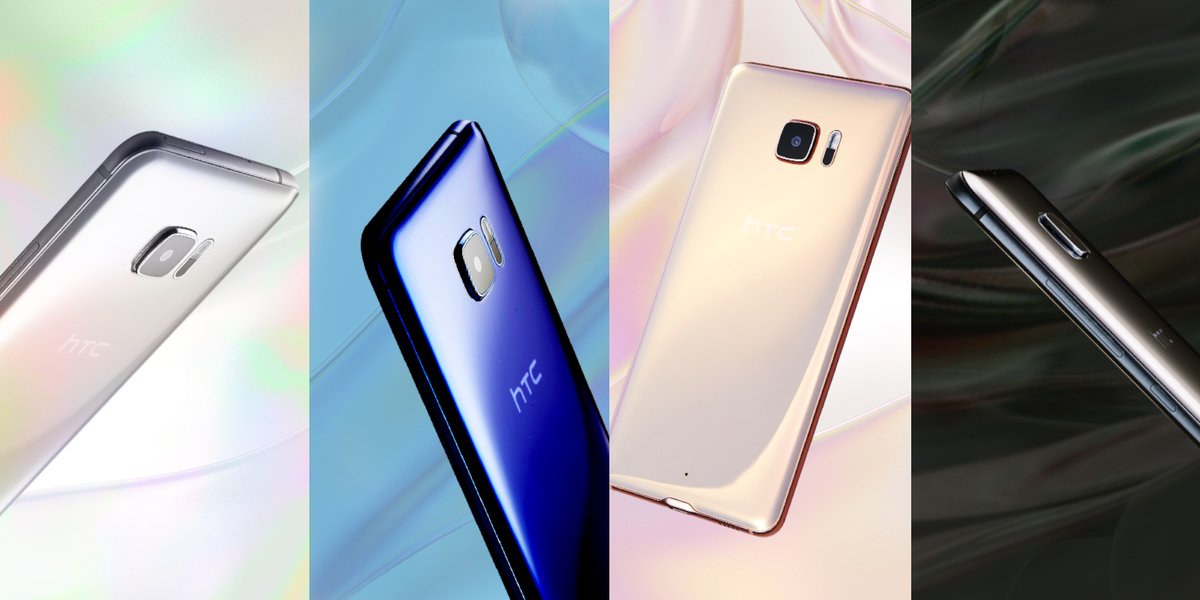The HTC One after the release, the focus of concern to all technically in the its adoption of UltraPixel of say this technology is not new. Many media rumors before the release of the HTC One, HTC One phone camera photosensitive element design with the famous camera brand Sigma Foveon X3 image sensor is similar, in addition to a lot of people think the HTC One in nominal pixel only 4.3 million, but actual output is 13 million pixels in the photo, is really the case.?
HTC conference made clear that the media rendering a really tricky, and that is the number of pixels and not representative of the image quality is good or bad, on the contrary, in the same size on the photosensitive element, usually the case, If the greater area of a single pixel, you can get more photosensitive screen purity better overall imaging higher degree of tolerance. Each pixel, if the larger the area, the number of pixels in the same size on the photosensitive member is less, it is often too high pixel can not bring a good quality, especially for mobile phones, so that the overall area of the image sensor smaller devices speaking.
The photosensitive member also known as an image sensor, featuring a role in the imaging system and early in the film camera film. The photosensitive member is carrying the electronic components of the optical information, generally the larger the area, the more can bring better imaging levels. Believe that such examples do not talk about, such as the Nokia N8 and 808 PureView, are photosensitive element relatively large area devices, especially 808, the light-sensitive element area is bigger than the ordinary consumer-grade portable digital camera, so the imaging The quality is very good.
Whats is Sigma Foveon X3 image sensor is?
To understand the Sigma Foveon X3 photosensitive element, we first need to know some basic definitions, as well as a film camera imaging principle. The nature of the optical information by the red, green and blue three color. In the era of film cameras, film carrying optical information carrier, so the photos are the prints of the film.

From 2 of the black-and-white camera film layer, a substrate, another layer for the photosensitive emulsion. The photographic emulsion is composed of the light-sensitive material particles suspended in gelatin, these particles is actually the silver halide crystals. The silver halide crystals in the light with high sensitivity, so the silver halide upon exposure occurs because the chemical reaction, is converted to a black metallic silver. The shutter opening and closing process, the film receiving the irradiation of the external light, and leave an image on the film, in fact, is the silver halide reacts much. This is a basic black-and-white film camera imaging principle.
In the era of color film camera, due to the silver halide only into black metal, the single layer of photosensitive emulsion unable to complete the mission of the color imaging. Initial proposed concept is increased the portion of the photosensitive emulsion coating on a three-layer structure, each layer in addition to silver halide, also joined the coupler particles uniformly dispersed in the silver halide grains of each coating surrounding, these three The layers are respectively blue-sensitive, green sensitive and red sense. – How it works is like this: products such as shooting a red flower, magenta, light consists of equal amounts of red and blue light, so this channel the irradiation into film products red film will stimulate the blue-sensitive emulsion layer and red-sensitive emulsion layer, green-sensitive emulsion layer has no effect. Basic can be understood.
True color negative and reversal film imaging principle involves complementary color dyes, other couplers because the exposure will not react, so in the end there is a developing process will not elaborate here.
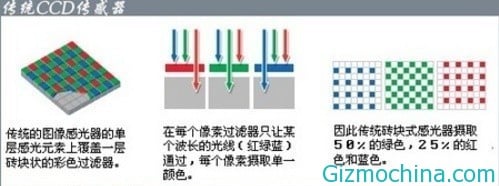
Into the digital age, digital cameras photosensitive nature has also undergone a great change. General electronic photosensitive element is a pixel point and color film camera as a three-tier structure, while only one layer. At this level and the distribution of millions of tens of millions of pixels. However, each pixel is actually only induction of a shade of red, green and blue, green induction on the photosensitive member, the proportion of the number of pixels of blue and red, respectively, for the green pixel point 50% of the red and blue pixels each 25%.
In the final image, the pixels of each pixel around Joint obtained by computing a color value, and outputting. So, in theory, the photosensitive element of this single-layer design of the final image color is to calculate the color is not accurate. Most digital cameras and mobile phones are now using this single photosensitive element called Bayer structure, the pixel arrangement shaped like a mosaic, but also called the mosaic structure.
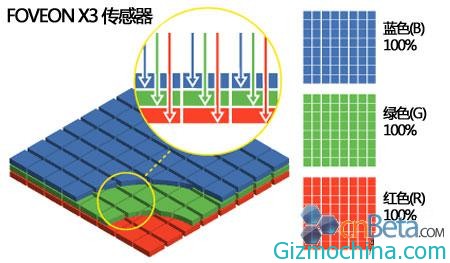
Sigma decided to break through the restrictions on the research and development of the photosensitive element, the film era of imaging modalities they have inspired. Sigma Foveon X3 was born. This photosensitive element having three photosensitive layers, these three photosensitive layers are respectively responsible for the blue-sensitive, green sensitive and red-sensitive, so that the final color obtained theoretically is the most realistic, three superimposed complete a pixel.
But here need to pay attention to a problem, for example, Sigma SD1 SLR camera with 46 million pixels a nominal, but in fact only about 15 million of the photos of the final output size. This problem is well understood, three photosensitive layer overlap, each layer has about 15 million pixels, three a total of 46 million pixels. But in fact every three pixels to the final output for a pixel size of course, only 15 million pixels.
Second, the phone of HTC One misunderstanding source
I am not very clear exactly which media first outgoing HTC One will adopt the design similar to the the Sigma Foveon X3 photosensitive element, but now on HTC three-tier photosensitive element design rumors have been heard, and there are a lot of people found, HTC One indeed with such a technology. This time the HTC One has not yet released, the rumors had already started to spread.
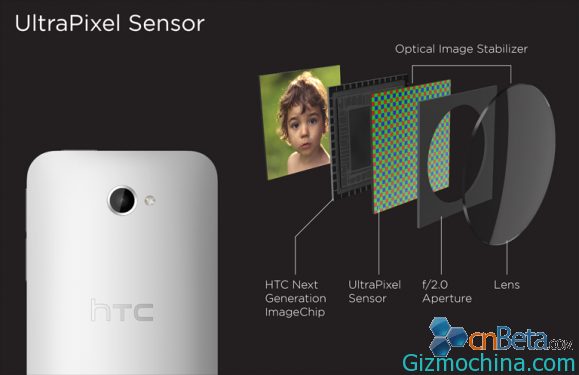
Interested friends may wish to look into HTC One about UltraPixel Technical White Paper , this phone is never mentioned in the text form of three-sensor design. And I took over a publicity picture in the White Paper, as shown above, the photosensitive element here is clearly the traditional Bayer structures, presents a mosaic manner. Even if there is possible due to the publicity pictures of sloppy HTC at the press conference also never mentioned What is unique about the design of this phone photosensitive element.
HTC One imaging size of the final output image
Many rumors also said that HTC One official nominal pixel is only 4.3 million, but the actual final output image size should be 13 million pixels, the reason is that this phone uses three sensor design, should be multiplied by 4.3 million after 3 .
The second point first, I’ve talked about, HTC One simply did not use the the Sigma X3 image sensor designed just folk rumors. Secondly, to say the least, even HTC One uses three photosensitive structure, the final output image can not be 13 million, but remained at 4.3 million, because this 3-layer stack up, the light, respectively, through the three final synthesis as a color.
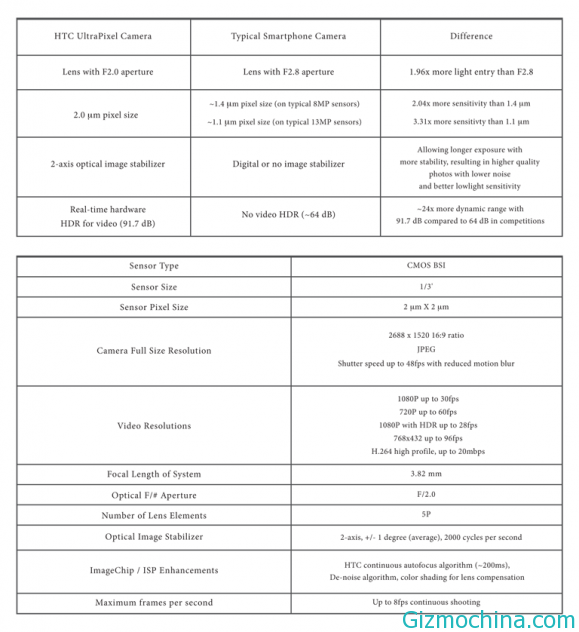
This HTC One specifications written very clearly, “about 400 million effective pixels, maximum output format 2688 × 1520 (16:9)” output format was shocked to 2688×1520, which is obviously about four million pixels of image.
Also proposed two questions, One is that since it is not 13 million, then why HTC One use 4.3 million so that the number of pixels of the “wonderful” it? – Which I did not get the official statement users, but I do not know whether you realize Lumia 920 the number of pixels to 8.7 million, and the reason is a whole hundred parameters because in 16:9 and 4:3 image size output, their image sensor with a redundant design, that is 4.3 million (or 8.7 million of Lumia 920) when the pixels in the camera can not be completely used mainly to meet the user of 16:9 and 4:3 output photo image aspect ratio of the different requirements.
There is a question more interesting, he with Nokia 808 PureView said things he thinks The basic 808 oversampling techniques and UltraPixel similar, while the 808 has 41 million pixels, 5 megapixel image obtained by oversampling, HTC One also similar the 4300000 13000000 synthesis, so since the 808 can use the full 41 million pixels, HTC One should also be able to use at least 13 million. – This is not to understand the PureView oversampling techniques.
First, then again, UltraPixel not used the Sigma technology, so there is no such assumptions Second, even with the Sigma technology, the Foveon X3 is also an imaging behavior, while PureView oversampling is more similar to a late means: 808 of the photosensitive member is a the traditional Bayer monolayer structure, above really clouds with 41 million pixels, in the use of the super-sampling technique, the image processor 7 points synthesized as a point, act to increase imaging pure The effect of the degree of tolerance.
Fourth, why UltraPixel can 300% increase in the amount of light
This is also a friend of mine asked me the question, he said that since HTC One does not use the design of the the Sigma X3 photosensitive components, the why UltraPixel can increase 300% photosensitive.
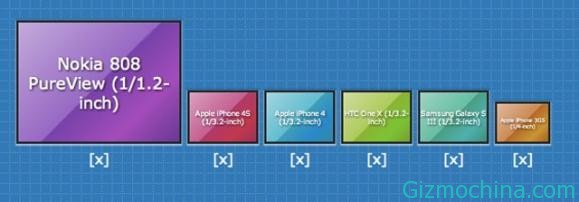
This question is actually very simple. Generally the size of the mobile phone of the photosensitive member is 1/3.2 inch, but Lumia 920 and HTC One use slightly larger 1/3 inch photosensitive member. Photosensitive element the greater the image quality is more helpful. (As for 808 PureView, then the rest of the phone have enough looked at the area of 808 PureView photosensitive element 1/1.2 inch, than the ordinary mobile phone is much larger, which is why 808 of the imaging quality even on consumer-grade digital cameras are also considered superior The root cause)
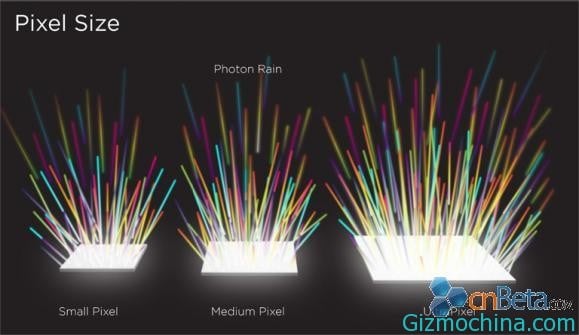
The photosensitive element of the same size, the Lumia 920 pixels 8.7 million, but HTC One of only 4.3 million, which means that HTC One area of each pixel. The greater the pixel area natural photosensitive specific area of numerical parameters above table also given. Therefore, the value of 4.3 million pixels of imaging in terms of purity is indeed considerable. But three times to enhance sensitivity seems unrealistic …
Lumia 920 and HTC One comparison
If you have a close look at the contents of the above should be understanding, HTC One level imaging the Nokia 808 PureView completely is not on a level, there is no comparison necessary. HTC One should really contrast opponent Lumia 920, after all, these two phones are advertised excellent shooting under low light conditions.
Believe that the last two days under the constant bombardment of this phone, most of my friends have seen today the latest release of proofs contrast, and also the basic mind their own ideas. The HTC One single pixel area increases, good image quality, plus optical image stabilization component (following the history of the second paragraph Join Lumia 920 camera optical image stabilization components) to reduce the shutter speed photographs success rate will rise, shutter speed down, into the light of the photosensitive element is naturally more night shooting ability can be improved fundamentally.
Lumia 920 technically actually nothing mysterious about it is optical image stabilization components to reduce the shutter speed, and eventually let the photosensitive element fully photoreceptor (increase photosensitive time). In addition, large aperture For both, for F/2.0, naturally there is no comparable place.
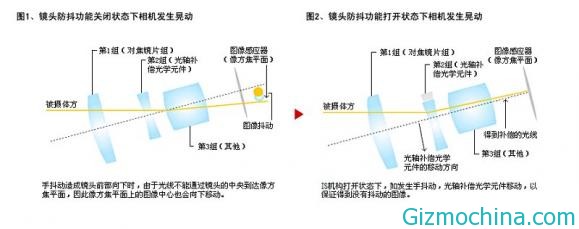
Specifications of HTC One called “2-axis optical image stabilization (it can also be found in the technical white paper,” With the 2-axis OIS in operation, background shakes are effectively removed, resulting in videos that look smooth and steady , mimicking smooth panning used with professional video equipment. “). The Lumia 920 if no accident should also be 2-axis stabilization (rare in the current 5-axis image stabilization equipment, and higher cost).
The basic principle of the optical image stabilization is perceived the user jitter of direction by the gyroscope in the device, and camera seasonal component to produce the opposite direction displacement to offset user’s tremor, with dedicated floating lens in the lens to achieve the final image stabilization . This point, Lumia 920 and HTC One is the same mechanism. However, although the same optical image stabilization system provided the lowest shutter speed is not the same, Lumia 920 minimum shutter night shoot mode allows reduced to 1 second level, but the HTC One the lowest only allow 1/7.8 seconds, the gap is quite large, guessing image stabilization series of different, but there may be HTC since One photosensitive element photosensitive amount is 300% higher than ordinary equipment (officially declared value, doubt), then no need to drop the shutter speed is too low so as not to affect the success rate of the photographs.
HTC One lens seems relatively simple, unlike the 920, as the entire group shot, but this is not yet confirmed, after all, the White Paper did not mention basic lens.
Finally, 4.3 million pixels in fact, from the point of view of most of the electronic device screen resolution is absolutely sufficient, and HTC preached pixels should not be unlimited zoom it also makes sense, but the 4.3 million-pixel imaging the same will lose many of the details. Plus HTC has also worked in the media openly ironic 808, so that will make HTC a foothold.
Overall, UltraPixel did nothing fresh points (the so-called second-generation 920 PureView not), but HTC One the independent Imagechip image processing chip, this is commendable (although it is no innovation). This article is just to illustrate two problems, 1.HTC One of UltraPixel technology and Sigma Foveon X3 2.HTC One final output of the photo size is about 400 million pixels – the actual imaging how pulled a single pixel area in imaging the future is and Lumia 920 a higher under, but 808? Do not even try.



